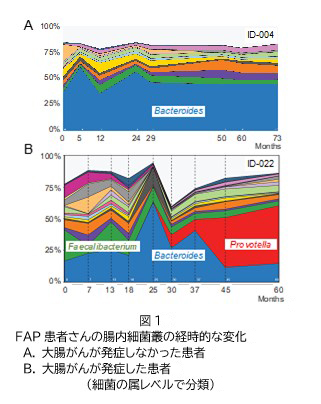2024-08-19 カリフォルニア大学サンディエゴ校(UCSD)
<関連情報>
- https://today.ucsd.edu/story/simulations-from-atom-to-organ-reveal-novel-treatment-mechanisms-for-heart-failure
- https://www.pnas.org/doi/10.1073/pnas.2322077121
マルチスケールモデリングにより、2′-デオキシ-ATPが心不全の心室機能をどのように回復させるかが明らかになった Multiscale modeling shows how 2’-deoxy-ATP rescues ventricular function in heart failure
Abigail E. Teitgen, Marcus T. Hock, Kimberly J. McCabe, +6, and Andrew D. McCulloch
Proceedings of the National Academy of Sciences Published:August 22, 2024
DOI:https://doi.org/10.1073/pnas.2322077121
Significance
Myosin activators can improve cardiac function in heart failure with reduced ejection fraction. However, it is not fully understood how the molecular effects of these drugs lead to improvements in ventricular function. We used a multiscale modeling analysis spanning atom to organ system scales to link the molecular mechanisms of 2’-deoxy-ATP (dATP), a myosin activator, to changes in contraction and relaxation at multiple scales of function. Multiscale modeling allowed us to identify therapeutic mechanisms of dATP at each of these scales, which can be extended to other candidate therapeutics.
Abstract
2’-deoxy-ATP (dATP) improves cardiac function by increasing the rate of crossbridge cycling and Ca2+ transient decay. However, the mechanisms of these effects and how therapeutic responses to dATP are achieved when dATP is only a small fraction of the total ATP pool remain poorly understood. Here, we used a multiscale computational modeling approach to analyze the mechanisms by which dATP improves ventricular function. We integrated atomistic simulations of prepowerstroke myosin and actomyosin association, filament-scale Markov state modeling of sarcomere mechanics, cell-scale analysis of myocyte Ca2+ dynamics and contraction, organ-scale modeling of biventricular mechanoenergetics, and systems level modeling of circulatory dynamics. Molecular and Brownian dynamics simulations showed that dATP increases the actomyosin association rate by 1.9 fold. Markov state models predicted that dATP increases the pool of myosin heads available for crossbridge cycling, increasing steady-state force development at low dATP fractions by 1.3 fold due to mechanosensing and nearest-neighbor cooperativity. This was found to be the dominant mechanism by which small amounts of dATP can improve contractile function at myofilament to organ scales. Together with faster myocyte Ca2+ handling, this led to improved ventricular contractility, especially in a failing heart model in which dATP increased ejection fraction by 16% and the energy efficiency of cardiac contraction by 1%. This work represents a complete multiscale model analysis of a small molecule myosin modulator from single molecule to organ system biophysics and elucidates how the molecular mechanisms of dATP may improve cardiovascular function in heart failure with reduced ejection fraction.



